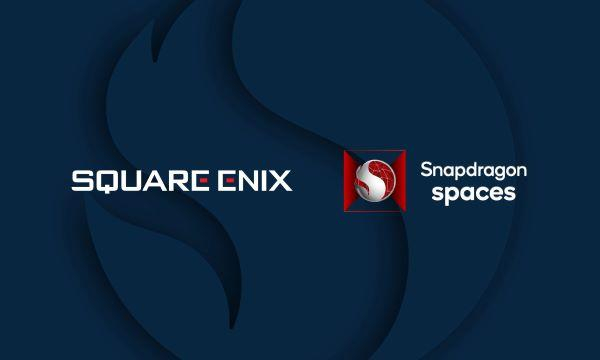
Qualcomm has announced a partnership with game developer Square Enix, where the two companies will work on new extended reality (XR) experiences through the Snapdragon Spaces XR Developer Platform. Along with this, Qualcomm also announced a $100 million “Snapdragon Metaverse Fund” to help companies and developers build the foundation of Qualcomm’s metaverse.
Square Enix is a popular game developer that is well known for titles such as the Final Fantasy series, the Tomb Raider series and more. The company’s Advanced Technology Division (ATD) will work with Qualcomm on the Snapdragon Spaces XR Developer Platform to explore immersive gaming experiences for the metaverse.
In addition to the partnership, Qualcomm also announced a $100 million “Snapdragon Metaverse Fund” that will help build immersive XR experiences, as well as associated core augmented reality (AR) and related artificial intelligence (AI) technologies.
The fund will deploy capital through a combination of venture investments in leading XR companies by Qualcomm Ventures and a grant program by Qualcomm Technologies, Inc.
Commenting on the partnership with Square Enix, Brian Vogelsang, senior director of XR product management, Qualcomm Technologies, Inc. said:
Square Enix has a rich history of bringing in deep storytelling and engaging gameplay that have pushed the potential of new gaming platforms over each console generation. We’re excited to work together and raise the bar of what’s possible in the gaming with AR glasses using Snapdragon Spaces.
Commenting on the Snapdragon Metaverse Fund, Cristiano Amon, president and CEO of Qualcomm Inc. said:
We deliver the groundbreaking platform technology and experiences that will enable both the consumer and the enterprise to build and engage in the metaverse and allow the physical and digital worlds to be connected. Qualcomm is the ticket to the metaverse. Through the Snapdragon Metaverse Fund, we look forward to empowering developers and companies of all sizes as they push boundaries of what’s possible as we enter into this new generation of spatial computing
